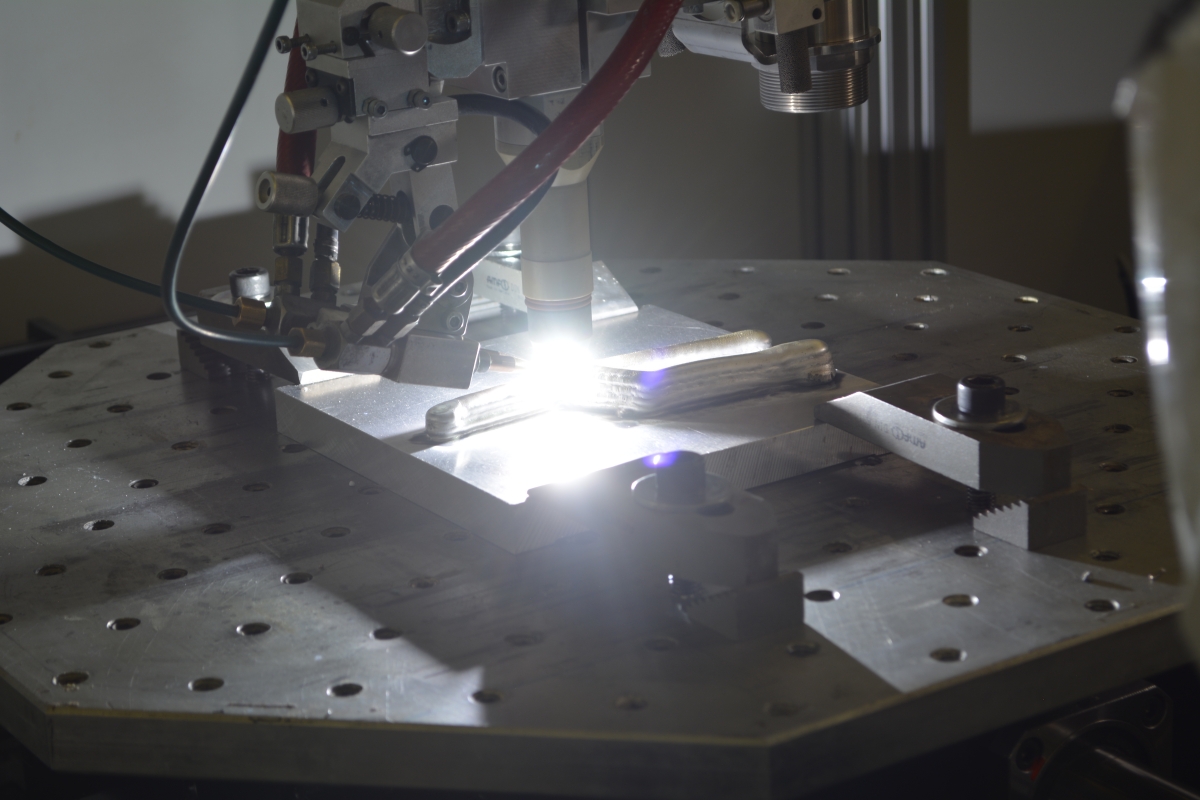SBI Produktion, an Austrian welding systems manufacturer, has released the Metallic 3D Printer (M3DP), a machine that uses a plasma arc to 3D print metal parts.
Founded in 1999, SBI started as a manufacturer of thickness control systems for the plastic film industry. In later years, the company expanded its portfolio to include, plasma welding technology, and metal 3D printing.
Welding the way
After establishing itself in the thickness control market, SBI entered other branches of the industry with its automated tank welding and seam welding machines. In 2017, a 7-axis gantry system for automatic welding of tanks was delivered to the Augsburg-based MT Aerospace. Powered by Sigmatek, an Austrian automation expert, and plasma welding arc, the system is capable of working on cylinders with diameters as large as 1,700 mm.
In addition to this, SBI other industrial collaborators include, Volkswagen, BMW, Audi, and Siemens among others.
Leveraging its expertise in welding technology, SBI has now released M3DP, a Wire and Arc Additive Manufacturing (WAAM) system.

Plasma arc deposition
The M3DP is a directed energy deposition (DED) machine which uses a plasma arc to deposit the raw material. The plasma arc is different from gas tungsten arc welding (commonly used in the industry) as the electricity generating electrodes are placed within the body of the torch. This keeps the plasma arc separated from the shielding gas which is there to prevent oxidation. In addition to this, the M3DP has an enclosure to create an inert gas atmosphere, which makes processing of titanium and nickel-based alloys easier.
According to SBI, one of the main advantages of its plasma arc technology is that it has high deposition rates, up to 10kg/h, when working with steel raw material. Furthermore, the build volume of the machine can be customized according to the needs of the customers, with added optional in-situ quality assurance methods.
For quality assurance, the M3DP is equipped with a 3D scanner. After each layer, a 3D scan of the part is made to test against the original mode for geometrical deviations.



